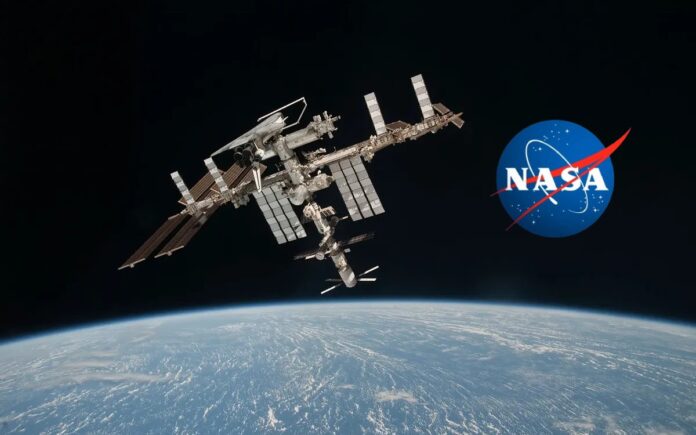Washington: NASA has reached a groundbreaking milestone in space communications by successfully streaming 4K video from an aircraft to the International Space Station (ISS) using advanced laser technology. This achievement, led by NASA’s Glenn Research Center in Cleveland, represents the first instance of high-definition video being transmitted via optical communications, setting a new standard for data transmission in space.
Traditionally, NASA has depended on radio waves for space communication. However, the use of laser communications, which rely on infrared light, offers a significant leap forward. This method can transmit data 10 to 100 times faster and with much greater capacity than conventional radio frequency systems. Such advancements are crucial for the upcoming Artemis missions, which aim to deliver live video feeds of astronauts on the Moon.
The experiment involved collaboration with the Air Force Research Laboratory and NASA’s Small Business Innovation Research program. A portable laser terminal was installed on a Pilatus PC-12 aircraft, which flew over Lake Erie and transmitted data to an optical ground station in Cleveland. This data was then sent via an Earth-based network to NASA’s White Sands Test Facility in New Mexico, where it was converted into infrared light signals.
Also Read | American Airlines Slashes Profit Forecast After Sales Strategy Misfires
These signals traveled 22,000 miles to NASA’s Laser Communications Relay Demonstration (LCRD), an orbiting experimental platform. The LCRD relayed the signals to the ILLUMA-T (Integrated LCRD LEO User Modem and Amplifier Terminal) payload on the ISS, which then sent the data back to Earth. A new system developed at Glenn, High-Rate Delay Tolerant Networking (HDTN), enhanced the signal’s ability to penetrate cloud cover.
Dr. Daniel Raible, principal investigator for the HDTN project at Glenn, emphasized the potential of this technology for future missions. “We can now build upon the success of streaming 4K HD videos to and from the space station to provide future capabilities, like HD videoconferencing, for our Artemis astronauts,” Raible said.
Also Read | Meta Oversight Board Urges Company to Clarify Rules on AI-Generated Pornography
Ongoing tests will further refine these technologies, with researchers continuing to evaluate 4K video streaming capabilities from the PC-12 aircraft through July. This initiative is part of NASA’s broader objective to enhance high-bandwidth video and data transmission from deep space, advancing human missions beyond low Earth orbit.
James Demers, chief of aircraft operations at Glenn, stressed the importance of practical testing. “Teams at Glenn ensure new ideas are not stuck in a lab but are actually flown in the relevant environment to mature this technology and improve lives,” Demers stated.



